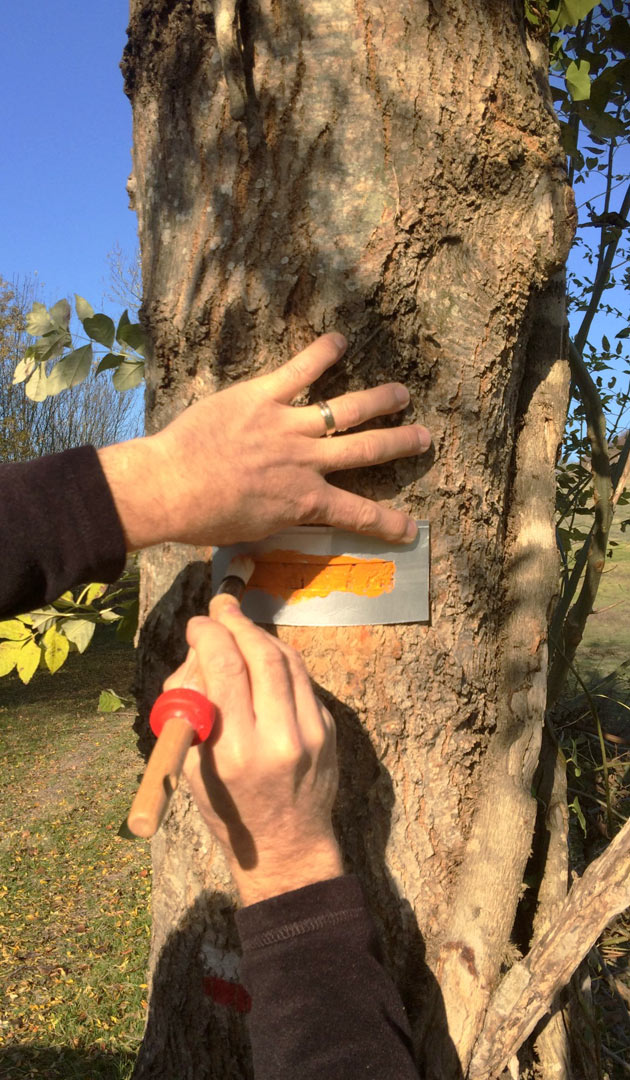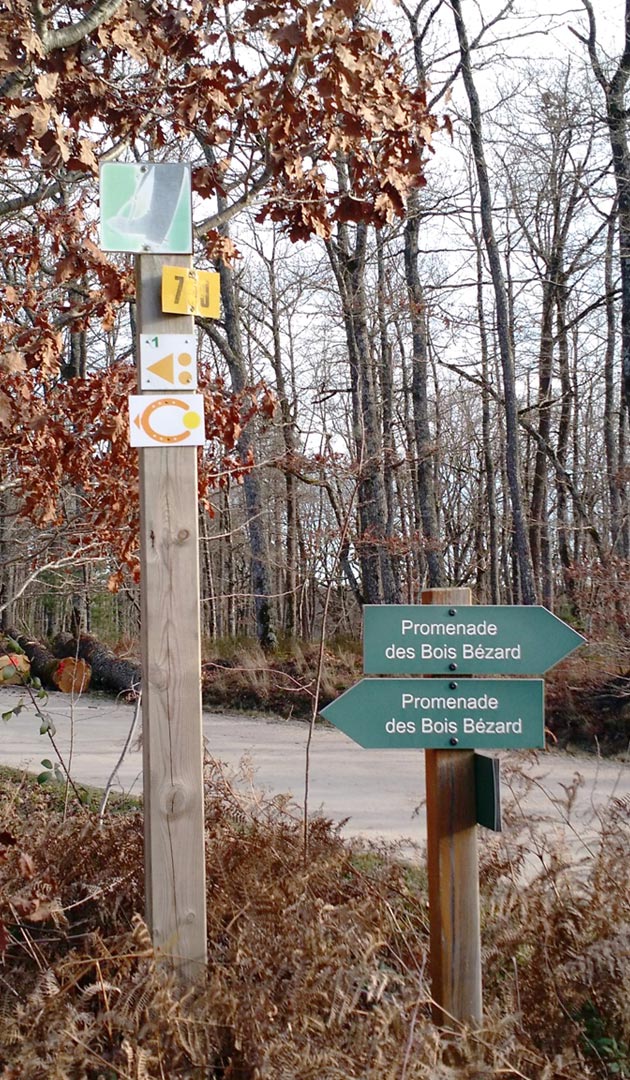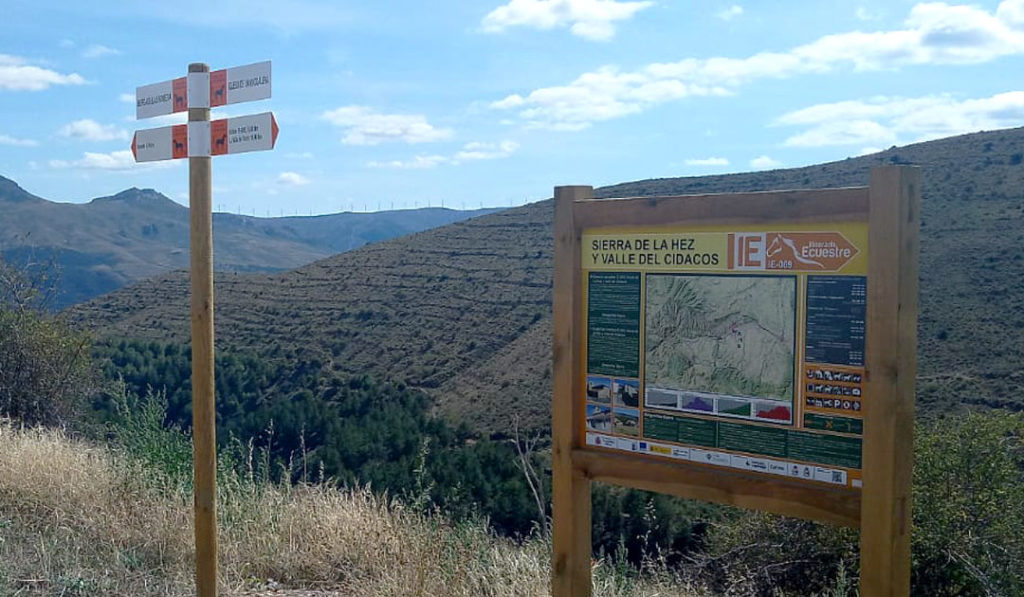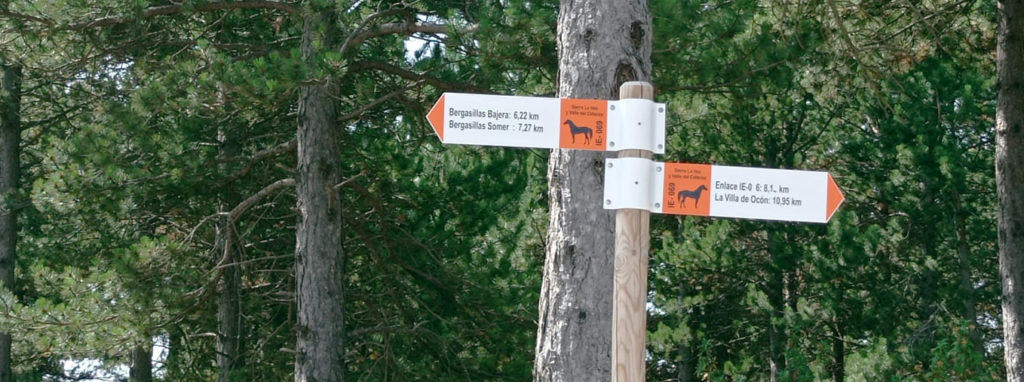The FITE Equestrian Tourism Committee and its Board of Directors have been working on a good practice guide on marking and signage of equestrian routes.
The central role of marking and signage
In order to have an equestrian hike taking place in good conditions, it is necessary to have equestrian routes identified, mapped perhaps marked. Equestrian marking guarantees the security of riders and horses, and the good running of the path.
Marking and signage of equestrian routes enable the development of equestrian hikes and contribute to the touristic development of a territory.
Ce guide reprend ainsi des fondamentaux comme l’emplacement, la fréquence ou encore l’entretien du balisage.
Working on the development of equestrian tourism
La FITE a travaillé sur ce guide de bonnes pratiques sur le balisage et la signalisation des itinéraires équestres, en se basant sur les différentes marques et signalisations qui existent dans certains de ses ONTE et en s’inspirant aussi des travaux menés par d’autres sports de nature, comme la randonnée pédestre par exemple.
— Access to the page "International marking"


Chaque ONTE (Organisme National de Tourisme Equestre – membre de la FITE) peut s’en saisir, le compléter, le modifier selon ses spécificités territoriales, tout en respectant les législations nationales et locales en vigueur sur ces sujets. Ce guide a notamment pour but de permettre aux ONTE ne possédant aucun document et règlement formel sur ce sujet d’avoir une base solide sur laquelle s’appuyer. Pour les ONTE possédant déjà une ou des marques de balisage, ce guide peut être un complément pour enrichir ceux qu’ils proposent.
In order to make equestrian tourism accessible as possible, while taking into account local specificities in each country, the FITE works towards the marking harmonization at the international level.
-- Download the guide in French and in English


